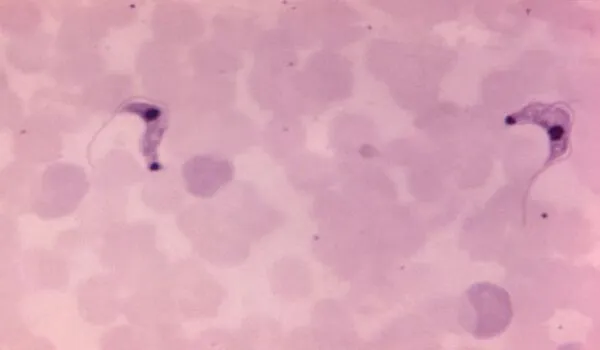There is evidence that some indigenous populations in the Amazon rainforest have developed genetic adaptations that provide some level of resistance or reduced susceptibility to Chagas disease. These adaptations are thought to have evolved over generations of parasite exposure.
An international study has discovered a genetic variant that confers resistance to Chagas infection in Amazonian populations. Amazonian indigenous people have pathogen-driven selection genetic Q1 signatures.
Only in Latin America, Chagas disease affects approximately 6 million people and is one of the leading causes of death. The parasite Trypanosoma cruzi (T.cruzi) causes this infectious disease, also known as American Trypanosomiasis. Despite being in contact with the parasite, Amazonian populations rarely contract Chagas disease. The purpose of this research was to discover why.
The study examined the genomic data of 118 contemporary Amazonians from 19 different Amazon populations to look for signs of genetic adaptation to the Amazon rainforest environment.
We focused on finding evidence of positive natural selection related to tropical diseases in the Americas. The presence of the PPP3CA gene variant could be the cause of milder disease or less infection in these populations.
Tábita Hünemeier
“We focused on finding evidence of positive natural selection related to tropical diseases in the Americas.” Points out Tábita Hünemeier, Principal Investigator at the Institute of Evolutionary Biology (IBE-CSIC-UPF) who led the study.
The study discovered a high-frequency variant of the PPP3CA gene in Amazonians that could be responsible for this resistance through genome analysis. Functional studies were conducted in the laboratory to verify its efficacy. The study discovered that the variant of the PPP3CA gene reduces the risk of infection by the Chagas pathogen in this way.
It’s important to note that Chagas disease genetic adaptations are complex and multifactorial, and our understanding of them is still evolving. A person’s susceptibility to the disease is determined by factors such as host genetics, environmental factors, and parasite diversity.

Genetic adaptations help Amazonian populations resist Chagas infection
Functional studies on the immunological action of the PPP3CA gene against the Chagas parasite
The PPP3CA gene encodes a protein that is essential for immune cell activation, the innate immune response, and the internalization of the T.cruzi parasite in human cells. This study discovered a variant of this gene that is expressed in heart tissue and immune cells in high abundance in Amazonian populations.
The study used stem cells to perform functional studies on heart cell tissue, some of which contained the PPP3CA gene variant found in high frequency in Amazonian populations. The findings revealed that when the gene variant is present, there is less parasite internalization in heart cells.
“The presence of the PPP3CA gene variant could be the cause of milder disease or less infection in these populations.” Adds David Comas, Professor of Biology in the Department of Medicine and Life Sciences (MELIS) at the UPF, Principal Investigator at IBE (CSIC-Pompeu Fabra University) and co-author of the research.
Positive natural selection in the Amazonian population due to a pathogen
According to the findings, natural selection for Chagas disease resistance began around 7,500 years ago, when the Amazonian population separated from the Andean and Pacific coast populations.
The research concludes, based on previous studies with 9,000-year-old samples, that the epidemics would have positively selected the individuals with the greatest resistance to tropical diseases, such as Chagas disease, resulting in a unique resistance in this population.
Behavioral genetic adaptations to life in the jungle
Furthermore, the study discovered genetic adaptations linked to behavioral traits such as “Novelty-seeking behaviors,” a genetic trait that determines the search for new experiences. According to the study, this trait may have been critical to Amazonian populations’ hunter-gatherer lifestyles in the past, allowing them to explore new territories and search for resources.
Cardiovascular and metabolic traits
Since a 66% rate of obesity, diabetes, and coronary heart disease had already been detected in some Amazonian populations, the study also detected cardiovascular and metabolic traits that are consistent with the genetic predominance observed in previous research.





